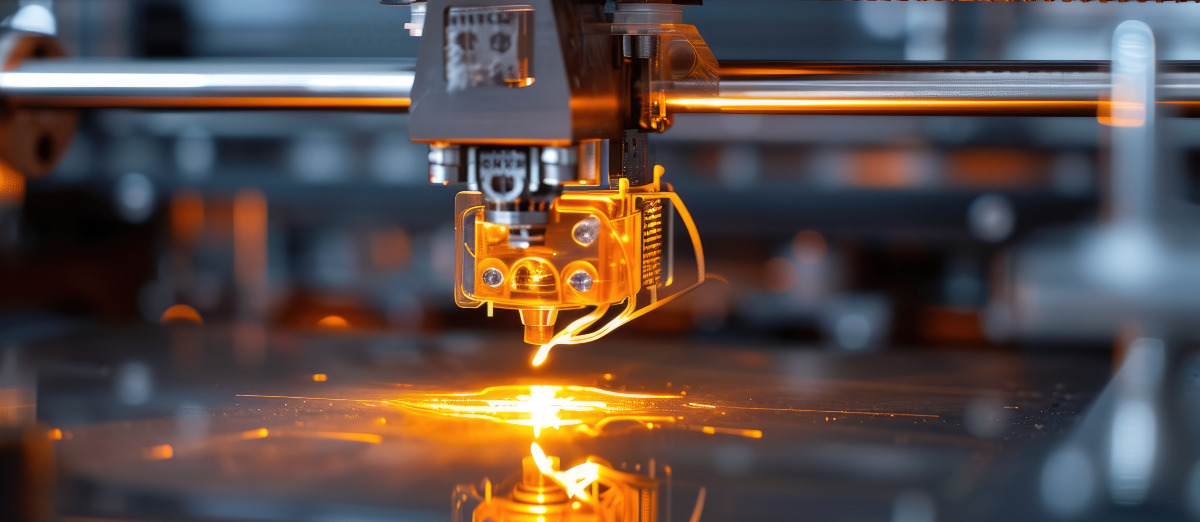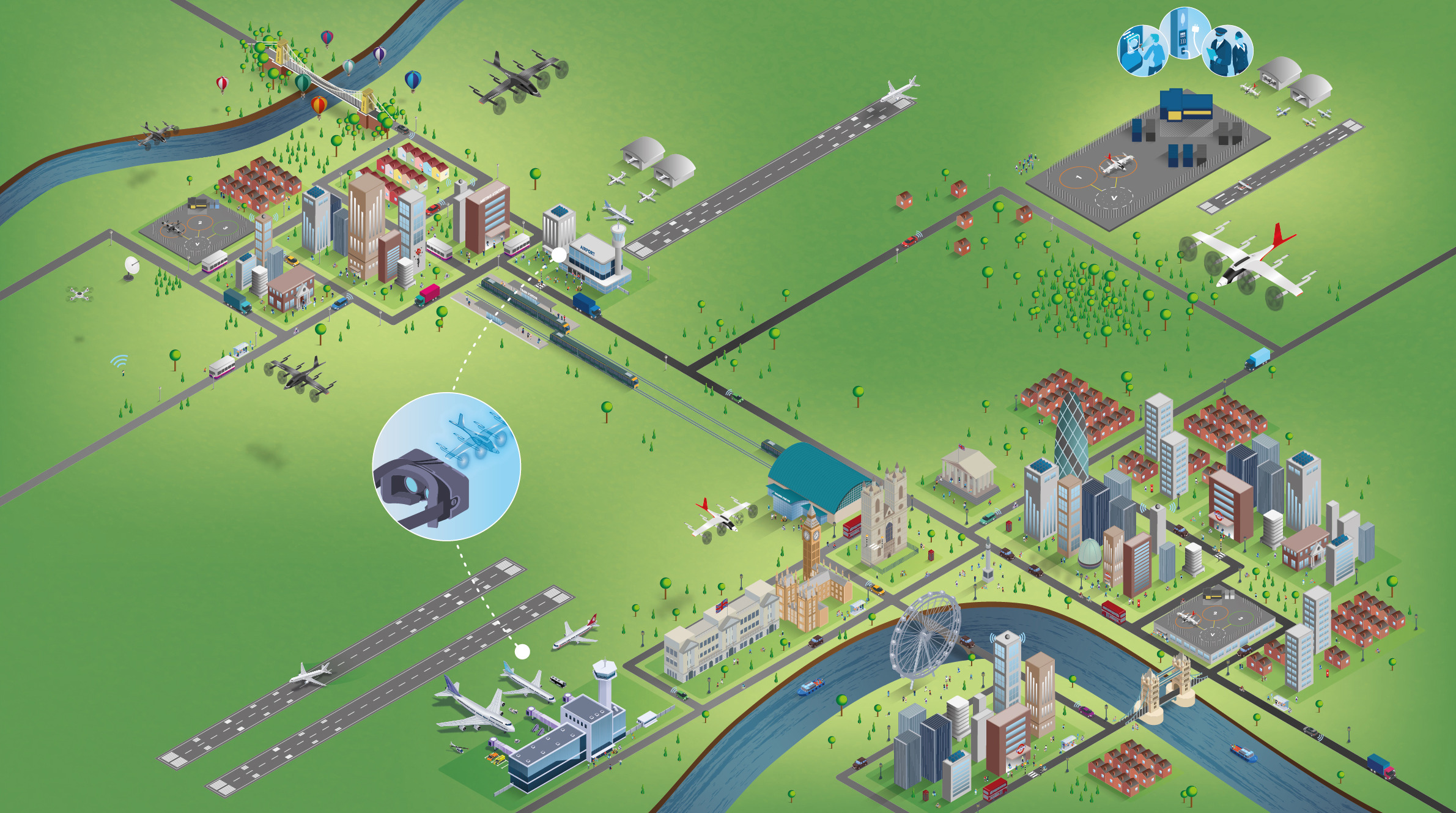The rebirth of the manufacturing sector
29/11/2016

When it comes to careers at the heart of the action in terms of world-changing technologies and wealth generation, then manufacturing is the place to look.
In the shadow of ICT over the past 30 years, manufacturing has been assumed to be the lumbering and dwindling base of developed economies, the traditional industry under most pressure from global markets and technological advances. But perceptions are going to change quickly. A combination of autonomous systems, virtual reality, big data sharing and additive processes will make the industry unrecognisable – highly-adaptive, fast-moving and with the capacity to snap into 21st century markets and shape consumer demands.
Cranfield Manufacturing 2075 event
Thinkers from industry, government and academia will be mapping out the future opportunities at our Manufacturing 2075 international symposium (7 December 2016).
The symposium builds on Cranfield’s annual ‘Manufacturing on the Moon’ apprenticeship competition which has explored the potential for workable facilities for production and living quarters in space. The project has partly been created to challenge apprentices in the sector to use their skills and be bold in their thinking – but always rooted in actual future potential. NASA and the European Space Agency are already running research projects looking at mining natural resources on the Moon, Mars and other planets. Cranfield is involved in testing the potential for mining asteroids in near-Earth orbit using small-scale CubeSats for initial landings and analysis. Demonstration mining is expected within the next decade. These kinds of technologies will provide the basis for phased space exploration, the basis of resources and processes of manufacture to maintain human life.
Areas of manufacturing growth
A major area of growth will be in new material development necessary to replace scarce materials as global demand increases, but also to improve products for consumers. By 2075, many of the basic materials we’ve come to rely on – metals, minerals, oil-based plastics – that are limited both in terms of supply and their natural characteristics, will have been replaced by new generations of renewable materials. (Of which many will be lighter, stronger, cheaper and more adaptable.) These will include products that are self-sufficient, self-repairing, self-updating and which generate their own energy. More will be fitted with sensors and the ability to communicate with the user and other products to share updates and useful data on condition, value, recyclability, and availability of replacements in the market. Increasingly, manufacturers will be looking to new materials that can be grown naturally from soil and not just through more energy-intensive processes in labs and factories.
All the opportunities involved will demand high-level knowledge and skills in R&D and managing applications and new streams of careers. And more generally, rather than just a falling away of jobs in the sector, the impacts of technology and more direct relationships between a mass of local manufacturing operations into consumer markets will mean more high-value jobs, systems engineers managing complex and global autonomous operations, experts in virtual reality management, data analytics and product design, and teams managing consumer relationships and marketing.
The sector has emerged from a stage in its history when the focus has been on critical cost efficiencies and consolidation, and now needs to be bold enough to imagine, to start actively shaping the kind of future we want, challenging limitations and old ways of thinking.
If you would like to attend or exhibit at our Manufacturing 2075 event, find out more here.
Categories & Tags:
Leave a comment on this post:
You might also like…
Keren Tuv: My Cranfield experience studying Renewable Energy
Hello, my name is Keren, I am from London, UK, and I am studying Renewable Energy MSc. My journey to discovering Cranfield University began when I first decided to return to academia to pursue ...
3D Metal Manufacturing in space: A look into the future
David Rico Sierra, Research Fellow in Additive Manufacturing, was recently involved in an exciting project to manufacture parts using 3D printers in space. Here he reflects on his time working with Airbus in Toulouse… ...
A Legacy of Courage: From India to Britain, Three Generations Find Their Home
My story begins with my grandfather, who plucked up the courage to travel aboard at the age of 22 and start a new life in the UK. I don’t think he would have thought that ...
Cranfield to JLR: mastering mechatronics for a dream career
My name is Jerin Tom, and in 2023 I graduated from Cranfield with an MSc in Automotive Mechatronics. Originally from India, I've always been fascinated by the world of automobiles. Why Cranfield and the ...
Bringing the vision of advanced air mobility closer to reality
Experts at Cranfield University led by Professor Antonios Tsourdos, Head of the Autonomous and Cyber-Physical Systems Centre, are part of the Air Mobility Ecosystem Consortium (AMEC), which aims to demonstrate the commercial and operational ...
Using grey literature in your research: A short guide
As you research and write your thesis, you might come across, or be looking for, ‘grey literature’. This is quite simply material that is either unpublished, or published but not in a commercial form. Types ...






